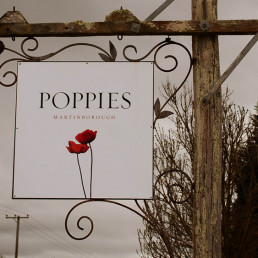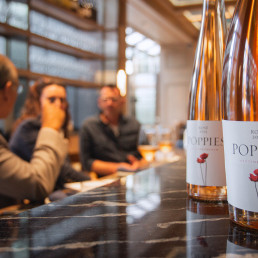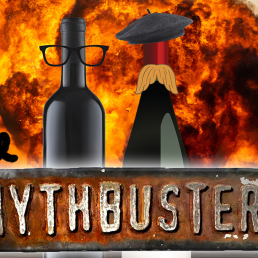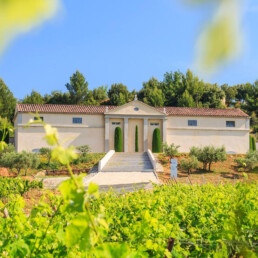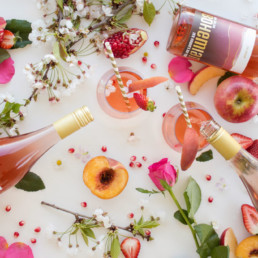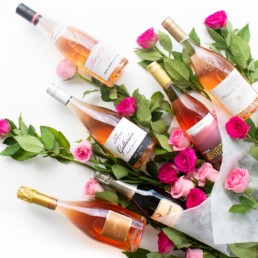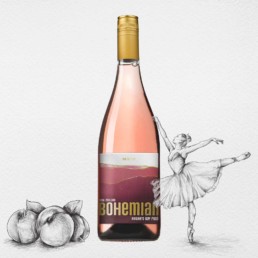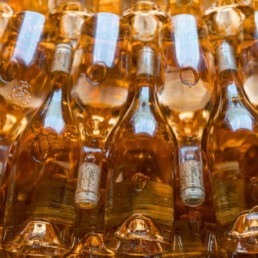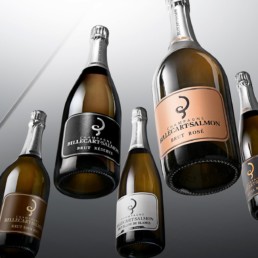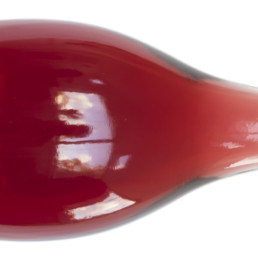3 December, 2024
Poppies – Old World Romanticism From Martinborough Terroir
We’re thrilled to expand the legendary Poppies Martinborough range with the latest addition to our stable: their…
10 May, 2022
Focus On: Fact, Fiction or Fantasy?
Happily for us at Dhall & Nash, wine is everywhere these days, but so too are misconceptions about our favourite…
12 June, 2020
Château Gassier: The Provençal Powerhouse of Pink
The newest addition to our exclusive portfolio. The ravishing Provençal rosés from none other than Château Gassier.
22 October, 2019
Bohemian Wines: The Bohemian, The Poet & The Dancer
A red, a white and a rosé - a collection of beautifully crafted wines from hand-picked masters of craft around NZ.
7 February, 2019
A Half Dozen Rosés Sure to Woo Your Special Someone
What if the roses that we’ve come to know and love were drinkable? What if they were actually rosés?!
12 December, 2018
Festive Picks: 2018 Bohemian The Dancer Rosé
Soft entry to the stage, with cool, fresh acidity that drives the red berry and floral characters across the palate.…
31 July, 2018
Whispering Angel: Leading the Rosé Revolution
These pink tipples are making waves in the wine world and it’s the name, and the wine, in everyone’s mouth right……
11 December, 2017
#2: NV Billecart-Salmon Brut Rosé
Billecart-Salmon is one of only four 10/10 Maisons from Tyson Stelzer, rubbing shoulders with Krug, Salon & Bollinger.…
1 December, 2017
#10 : 2016 Francis Ford Coppola ‘Sofia’ Rosé
Sofia Rosé is a wine of unparalleled beauty. From its shapely, stylized bottle to its delicate fruity essence, this is…
